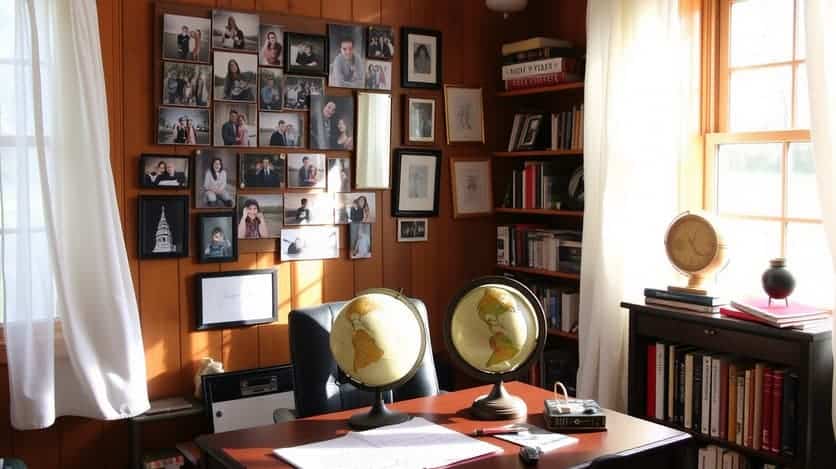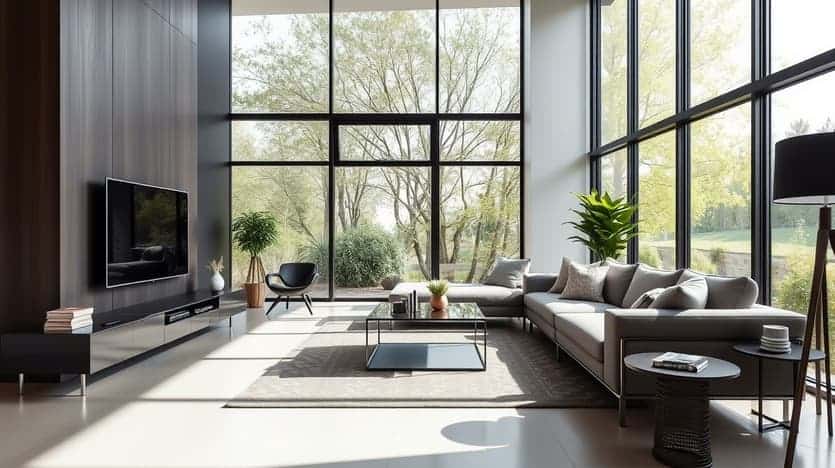Interior design is often misunderstood as simply making things look good — as if aesthetics were its only purpose. But truly great design isn’t just about beauty. It’s about intention.
A thoughtfully designed space can calm the nervous system, boost creativity, foster connection, or reflect a deeper sense of identity. It can tell your story. The color of your walls, the light that fills the room, the texture underfoot — all these elements are silent communicators. They whisper things to us every day.
So how do we design with purpose? How do we move beyond trend-driven choices and craft environments that mean something?
Let’s explore five foundational principles that turn interior design into a personal art form.
1. Start with Function, Always
Before diving into mood boards or color palettes, ask one simple question: What will this space be used for?
Is it a space for conversation? Creativity? Rest? Focus?
Understanding the core purpose of a room helps guide everything else — from layout to lighting. A home office needs clarity and energy, while a bedroom calls for softness and stillness. When function leads, design choices follow more naturally and serve you longer.
Pro tip: Sketch out the “zones” within your space, even in small rooms. A reading corner, a coffee nook, or a flexible workspace can dramatically improve usability.
2. Layer for Feeling, Not Just Style
The most inviting interiors aren’t flashy — they’re layered. Layered with texture, lighting, scale, and emotion.
Consider how a space feels:
- Do you walk into it and feel grounded? Uplifted? Creative?
- Is there a mix of materials that invite touch — linen, wood, stone, wool?
- Are there visual layers — foreground, background, focal points — that draw you in?
This kind of layering creates emotional resonance. It turns a nice room into a memorable experience.
3. Color as a Conductor
Color is not just visual — it’s psychological. Choosing the right color palette sets the tone more than any other design element.
- Cool neutrals can bring peace and restraint.
- Earth tones offer warmth and groundedness.
- Bold accents like emerald, navy, or burnt orange add sophistication and confidence.
If you’re hesitant about strong color, try layering it through artwork, cushions, or painted furniture before committing to full walls.
And always test colors in your space at different times of day. Light changes everything.
4. Let Lighting Lead the Mood
Lighting is the quiet force behind every beautiful interior. It can energize, soften, dramatize, or soothe — often without anyone noticing why.
Use three layers of lighting:
- Ambient: General overhead light (but avoid harsh white LEDs).
- Task: Targeted lighting for reading, cooking, or working.
- Accent: Decorative lighting like sconces, candles, or under-cabinet LEDs.
Warm dimmable lights offer the most versatility. Consider using smart bulbs to shift your lighting profile based on the time of day — energizing in the morning, warm and cozy at night.
5. Incorporate Meaning
A truly personal space includes something that matters — not just what looks good in photos.

Whether it’s a vintage map, a ceramic bowl from your travels, or a family heirloom chair you had reupholstered, meaningful design reflects you. This doesn’t mean clutter. It means clarity. Every piece has purpose — emotional or functional.
Don’t be afraid of storytelling in your space. A well-placed photo, a handwritten recipe framed in the kitchen, or an old toy on a shelf can bring soul to your space.
Bonus: Theme Styling for Temporary Spaces
While your home may be styled for longevity, sometimes we crave something fun, immersive, and themed — especially for parties or gatherings.
Creating a temporary design moment can be incredibly fulfilling, and a great way to stretch your creativity. The approach — lighting, prop styling, color blocking — can be applied to any kind of temporary interior mood. It’s a great reminder that design doesn’t always have to be serious to be successful.
Final Thoughts: Quiet Luxury vs Loud Statements
In today’s world, where trends move faster than ever, the best design is intentional, flexible, and quietly confident. Whether you’re designing a room to entertain, to work, or to just be, consider not what’s popular — but what resonates.
Great design isn’t about filling space. It’s about shaping experience.
It starts with asking:
How do I want to feel when I walk into this room?
Then using materials, layout, and light to answer — not just with style, but with substance.


